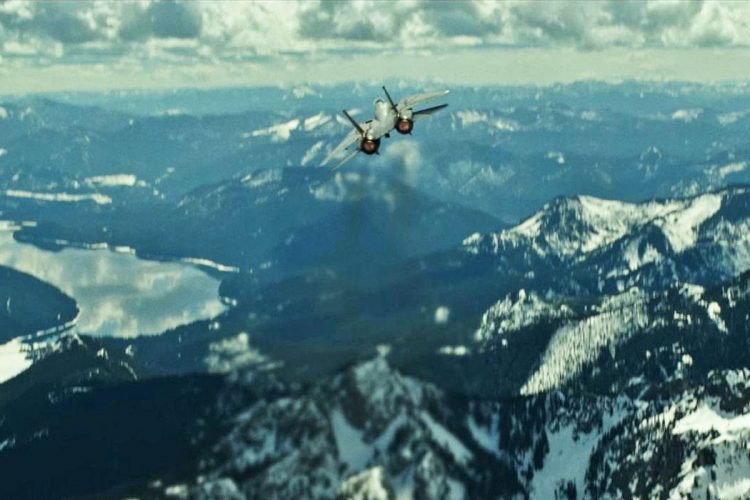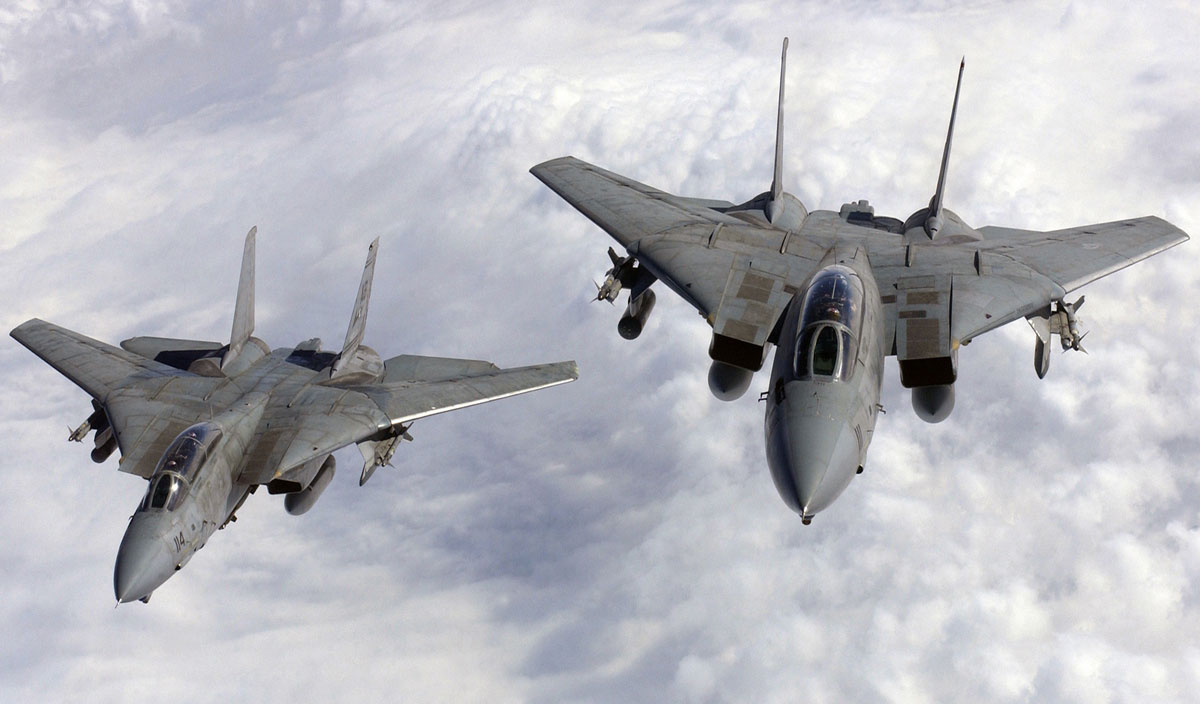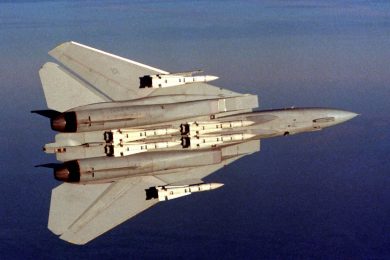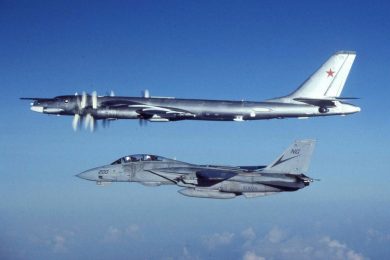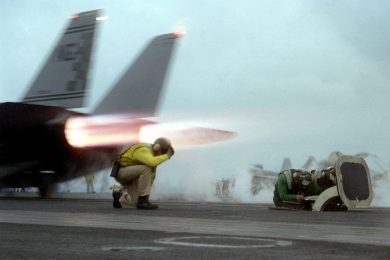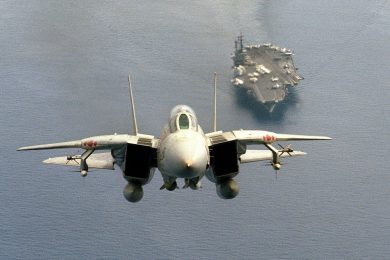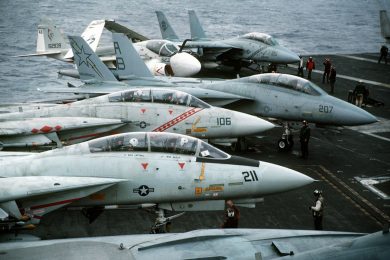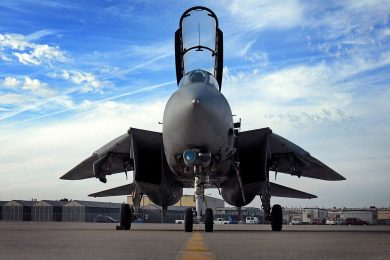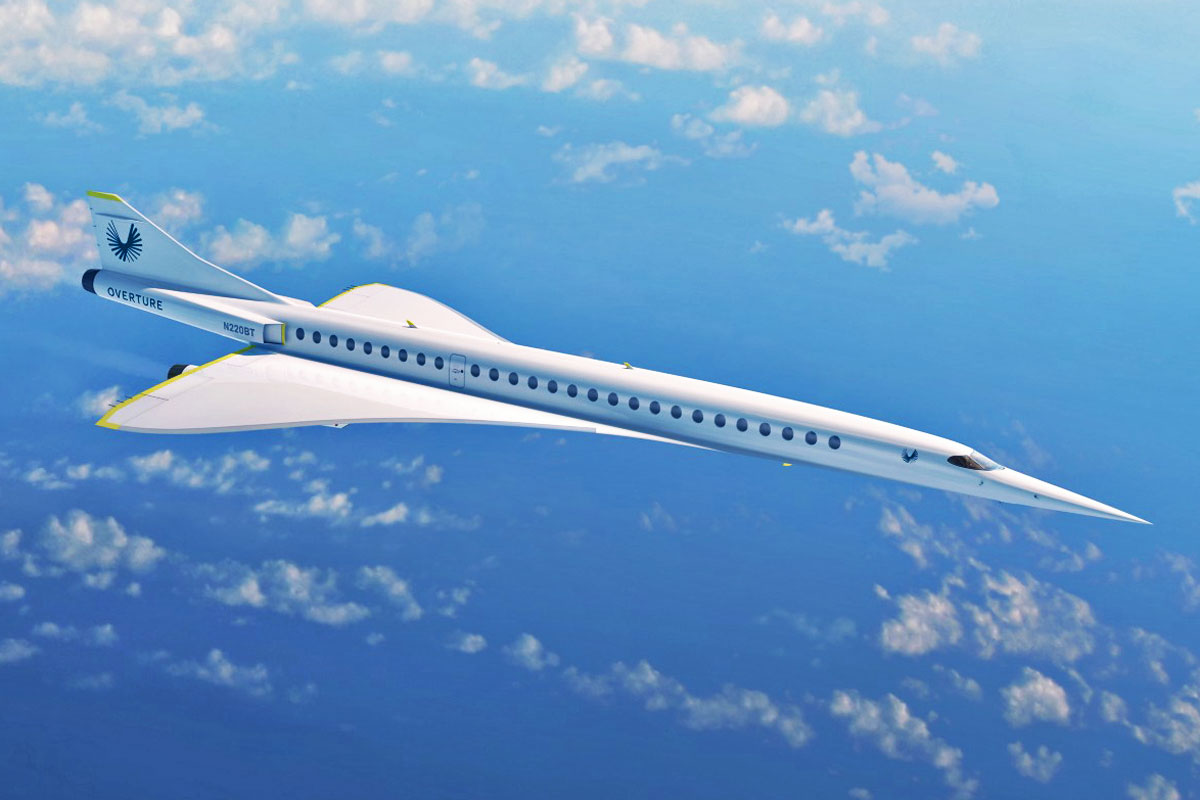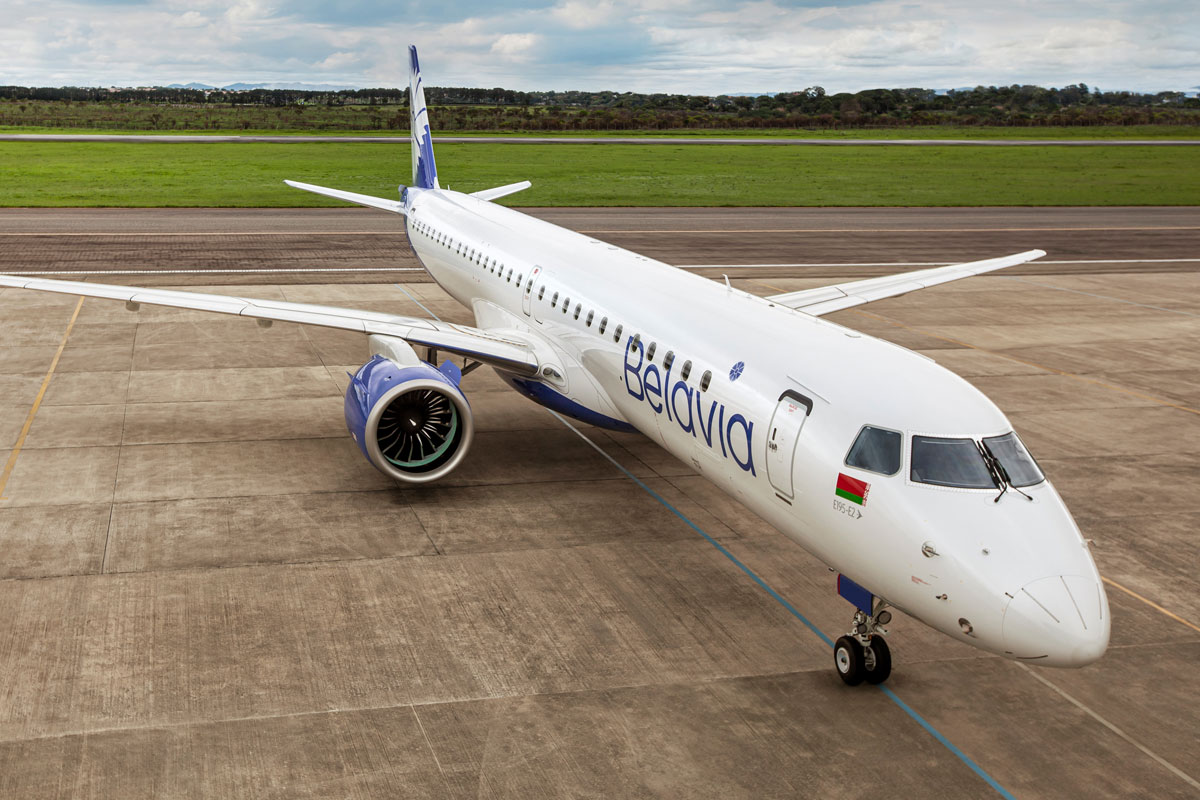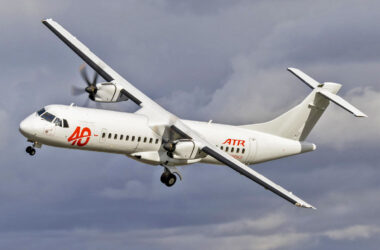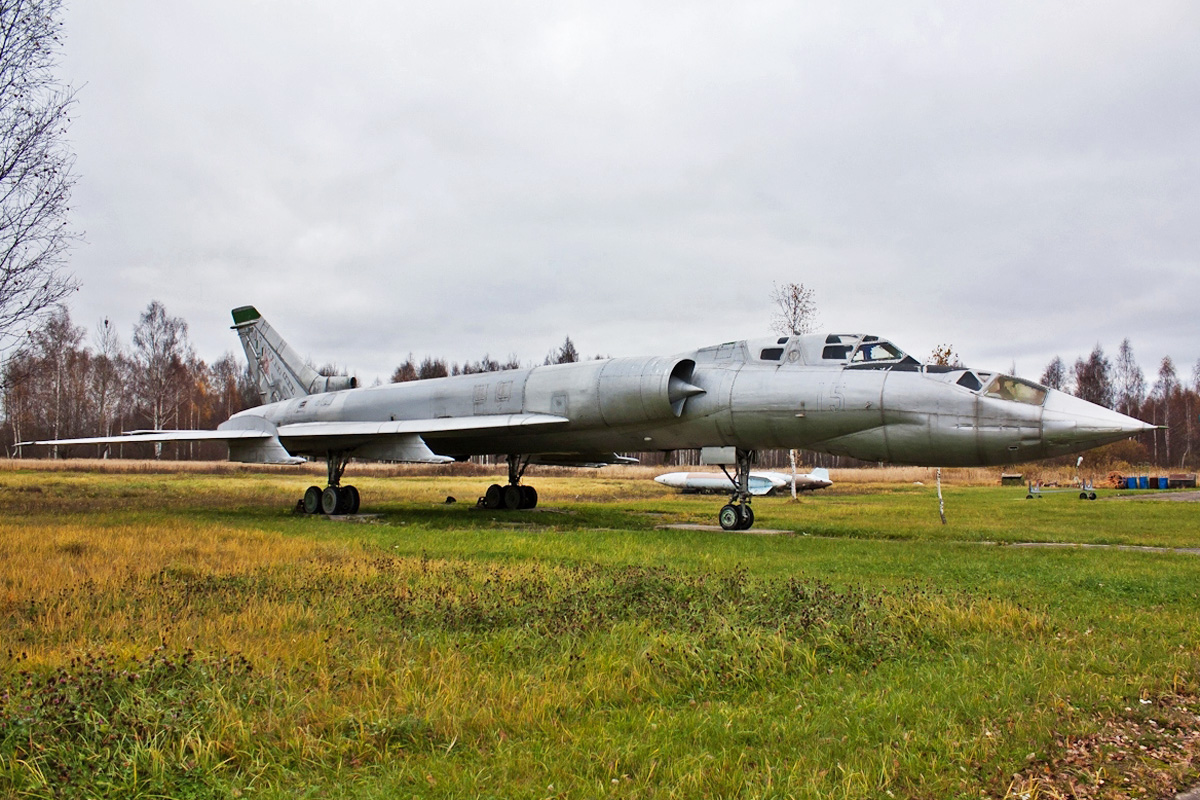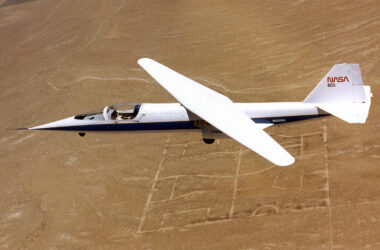It was on December 21, 1970, when one of the most iconic fighters made its first flight, at the United States Navy facilities in Calverton, Long Island, the F-14 Tomcat, a genuine heir to the Grumman fighters used primarily in World War II.
Fifty years after the inaugural flight, the variable-sweep wing fighter aircraft still populates the minds of many enthusiasts and maintains its popularity, achieved especially after participating with Tom Cruise in the film ‘Top Gun’, launched in the 1980s and which raised the actor to stardom.
However, the F-14 might not even have existed if the US Navy had not insisted on having its own successor for the F-4 Phantom. In the 1960s, US Defense Secretary Robert McNamara forced the Navy to participate in the USAF’s TFX (Tactical Fighter Experimental) competition to reduce development costs.
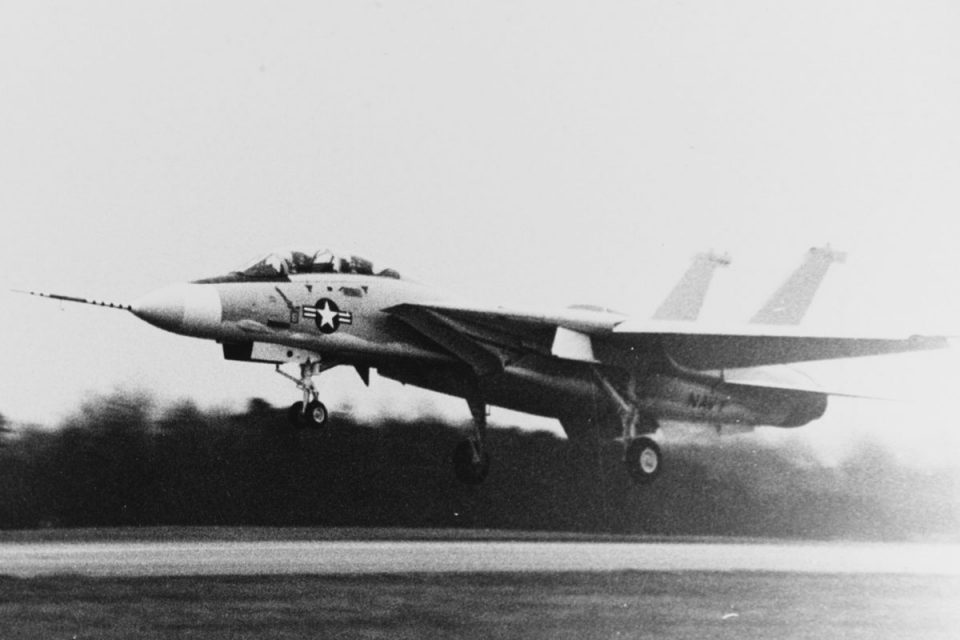
The winning bidder’s General Dynamics F-111, however, was a terrible aircraft to use on aircraft carriers. Heavy and not very maneuverable, the F-111B, the version of the US Navy, was soon abandoned in favor of the VFX program, won by Grumman in 1968.
Despite being a new project, F-14 inherited solutions brought by the F-111 such as TF-30 engines, AWG-9 radar, AIM-54 Phoenix long-range air-to-air missiles and, above all, variable-sweep wings. But the Tomcat was an agile fighter despite its large size.
With two tandem seats, twin-tail and air inlets with movable ramps, the F-14 was capable of flying up to Mach 2.2, however, the TF-30 engines proved to be the design’s weak point. Although they were a temporary solution, the turbofans were eventually adopted in the series aircraft, only replaced years later in the F-14D variant.
To speed up the program, Grumman set out to build the first definitive plane, so the F-14 flew just 22 months after the manufacturer signed the agreement with the Navy.
The Tomcat was a huge breakthrough in the fighter plane segment in its day. Not even the USAF had such a capable jet, something that only happened a few years later with the F-15 Eagle.
In addition to offering good dogfighting capabilities, the Grumman plane was unbeatable as a long-range interceptor thanks to the AWG-9 radar and the AIM-54 Phoenix missiles. With up to six missiles, the fighter was capable of destroying bombers almost 200 km away and almost simultaneously.
The variable sweep wings were a well thought out solution to reduce the landing speed on aircraft carriers in addition to facilitating their storage in the tight spaces on the deck.
Baptism of fire
The F-14 Tomcat began replacing the F-4 Phantom on U.S. aircraft carriers in 1974, but the baptism of fire would only occur in 1981 during an incident in the Gulf of Sidra when two fighters shot down a Libyan Sukhoi Su-22 duo. Eight years later, a new encounter with Libyan planes ended with yet another relentless victory for the American fighter, which this time shot down two MiG-23.
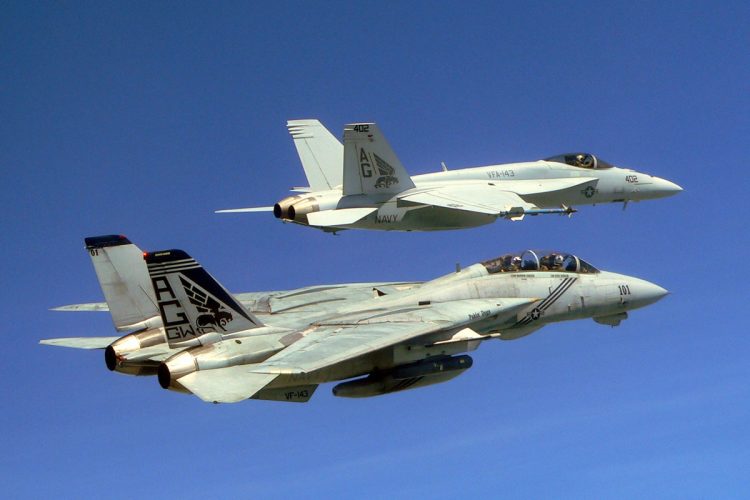
Despite its enormous capacity, the F-14 spent its last years on secondary reconnaissance and attack missions. During conflicts in the Middle East, Tomcat was used in Iraq and Afghanistan, for example, but was passed over in favor of the F-15 on patrols over the region. Still, the only fighter lost in combat was shot down by an Iraqi surface-to-air missile in 1991.
That same year, Grumman started delivering the F-14D Super Tomcat, an enhanced version with more modern avionics such as the AN/APG-71 radar, infrared tracking pod, digital displays and the GE F-110 engine in place of the Pratt & Whitney TF-30.
Despite significantly improving the fighter’s performance, the new engine was only applied to 18 F-14A fighters in addition to 37 new F-14Ds. Both turbofans took away some of the aircraft’s capacity by not allowing their pilots to exploit the full potential of the project.
After the end of the Soviet Union, the F-14 interception mission lost priority and the Bush administration’s defense secretary, Dick Cheney, preferred to invest in an enhanced version of the F/A-18 (the Super Hornet) than to continue to modernize the Tomcat, which he called the “60s plane”.
Still, the F-14 only left service in 2006 after 32 years as the most important fighter plane in the US Navy. Ironically, the only operational Tomcat currently flying in Iran, thanks to the aircraft’s only export episode, just a few years before the Islamic Revolution in the country.
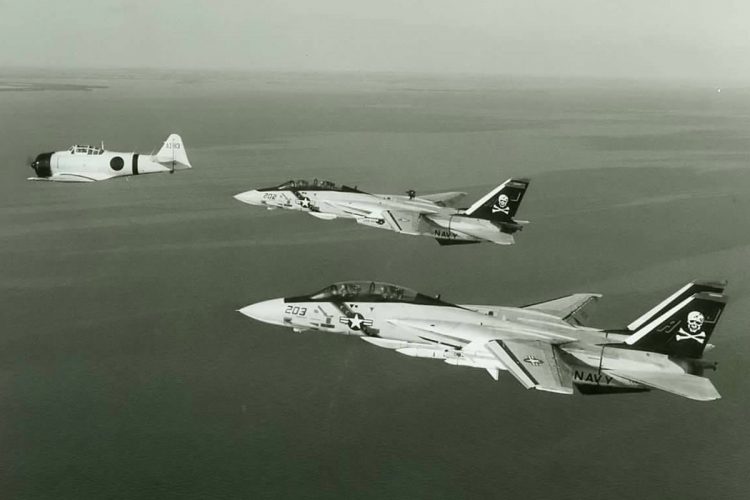
Protagonism in the cinema
By the time he was retired in the U.S., the F-14 Tomcat had already become known in Hollywood by being used as a fighter for the character Pete ‘Maverick’ Mitchell, played by actor Tom Cruise in the movie Top Gun.
Despite the exaggerated script and the aerial combat with fictional situations, the film contributed to attract new recruits to the Navy, which supported the production by providing airplanes and sets at its bases in San Diego, California.
However, Top Gun was not Tomcat’s debut in the cinema. In the late 1970s, the little-known film The Final Countdown showed the F-14s of the Jolly Rogers squadron with their black tails and the pirate badge on a mission that put the nuclear aircraft carrier back to the year 1941 hours before the attack in Pearl Harbor.
If the F-14 is currently seen only in museums in the United States, at least in the sequel Top Gun: Maverick, which will be launched in July 2021, the Grumman fighter jet must fly again, even if it is in digital version.
